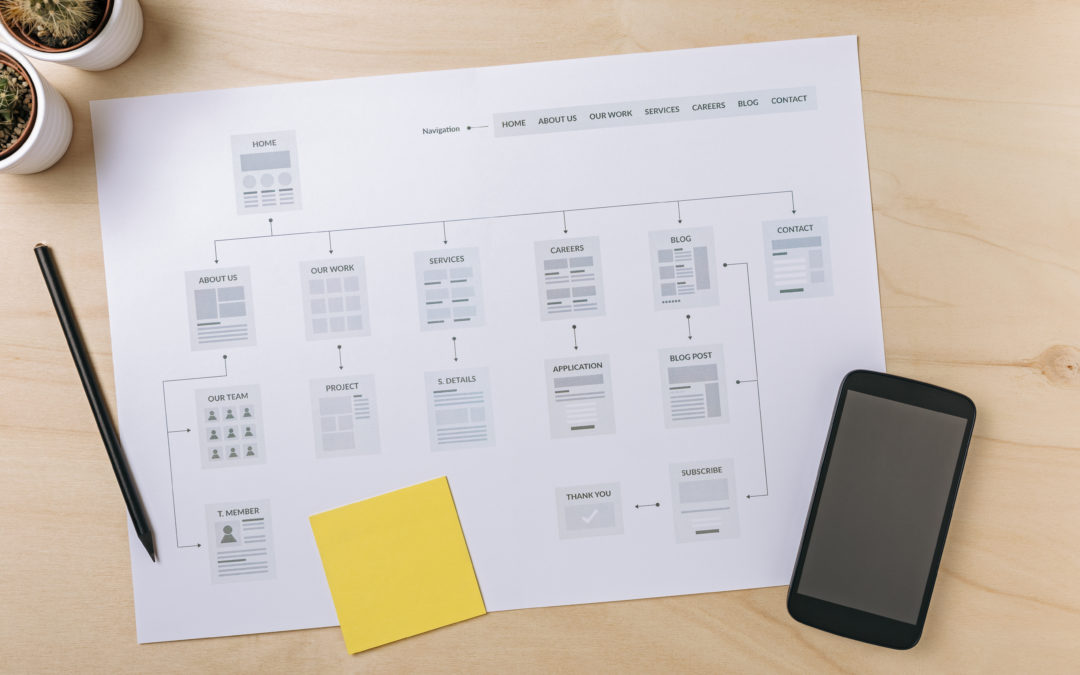
How to Build A Musician Website
Creating a website, whether for an organization, a friend, a client, or yourself is a large-scale project that requires planning, clear goals, a target audience(s), and research. When executed haphazardly, it can overwhelm and frustrate you, without an end in sight. When done strategically, it can be an exciting adventure that summarizes what you can offer to the world, especially as an artist. As Angela Myles Beeching states in Beyond Talent: Creating a Successful Career in Music, “websites can produce powerful three-dimensional impressions of musicians, both as artists and as individuals. Your website should be an extension of you and your artistic vision. It should convey your personality Everything on your site should be carefully chosen to represent you and your music…” For 21st-century professionals musicians, this is the essential main component in your portfolio and digital presence. If you already have an established website, perhaps this will give you some ideas to enhance your home base. However, if you haven’t yet built your website due to procrastination, a “busy” schedule, or any other reason, I offer you simple steps that I used to build this website and that will place you on the fast track!
Step 1 – Plan
Research, research, research! To begin gathering ideas about design, a sitemap, and content ideas, begin browsing other websites in the arts & culture, entertainment, and other industries. Remember, you are a small business so think about your potential services and clients. For example, if you are a composer, perhaps you should create score videos of your works for potential buyers (performers, conductors, ensembles, etc.). If you are a performer, you should probably include videos that best illustrate your favorite genre, style, and/or instrumentation. More on content assets in Step 4… To gather inspiration, I personally viewed at a number of websites, including:
- www.imaniwinds.com
- capacityinteractive.com
- www.levinemusic.org
- www.davidleflute.com
- www.district5quintet.org
- www.katherineisbillemeneth.com
- www.vcolemanmusic.com
- rachelbartonpine.com
- www.tamarawellonsmusic.com
- www.wixonmusicworks.com
Step 2 – Framework
Watch the following video to think about:
- Domain Name (try to select “firstnamelastname” or “firstnamelastnameinstrument”)
- Hosting Platform (I use Bluehost)
- Website Builder (I use WordPress)
- Website Theme (read more in Step 3)
Step 3 – Theme
Now is the creative part! There are hundreds of themes to choose from when selecting a theme, so be sure to give yourself plenty of time to browse your options. Keep track of what themes speaks to your personality and allow your visitors to get to your information in a clear, clean fashion. Keep it simple! If you have a large amount of information to convey to your audience, give extra thought to your sitemap and how you will guide them to engaging content. If you want extra control and customization of your page layouts, fonts, content display options, and more, then I recommend the Divi theme and builder from Elegant Themes. I had a blast binging on their documentation videos, and I think you’ll enjoy learning more about this powerful, visual drag & drop page builder.
Step 4 – Digital Assets
Now that you’ve created an intentional and clean design, it’s time to place some unique content on your pages! If you’ve already established a pattern of gathering and organizing your music career documents and visuals, this will be a rather quick process. If you have to do some digging to find that last press article you were mentioned in or the original hi-res stills from that last photoshoot, this will take some time. I personally fell into a hybrid of these two categories. Every musician website should include these essentials:
- Writing samples (i.e. bio, dissertation)
- Teaching documents (for active instructors)
- Testimonials/press articles
- Mailing list sign-up (I use Mailchimp)
- Audio samples
- Photos and graphics (be sure to reduce the file size of hi-res photos on your website)
- Videos (owned media from you and earned media from others)
- Social media links
Step 5 – Promote
Congratulations! You’ve built a website for your music career. Will visitors automatically flock to your new work of art? Nope! Now is the time to share your new home base with the world via social media, your newsletter, personal emails, and word of mouth. Make sure your new website is displayed proudly on your business cards for the networking event! As you complete these tasks, it is also important to see the fruits of your labor. How many people are actually visiting my website? How do people interact with your content? Questions like these can be answering by installing Google Analytics on your website.
I hope this quick guide gave you some ideas to apply to your own website! Let me know in the comments below.
Stay alive, authentic, and accessible!
